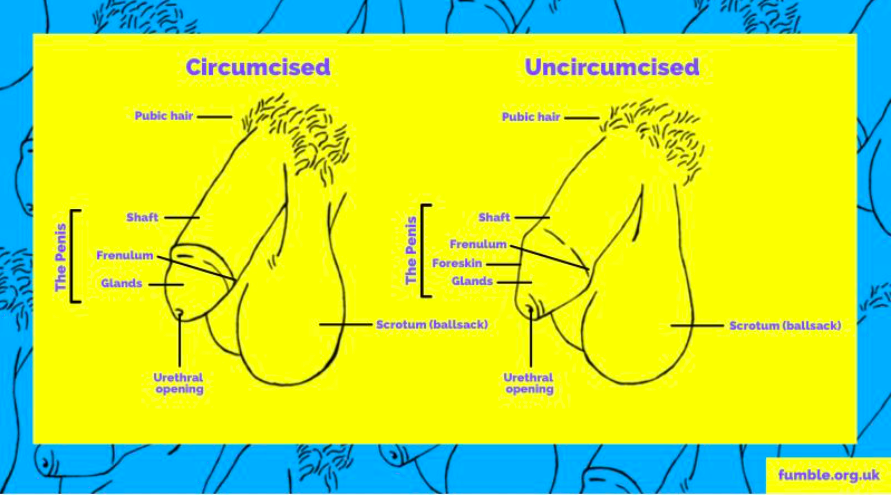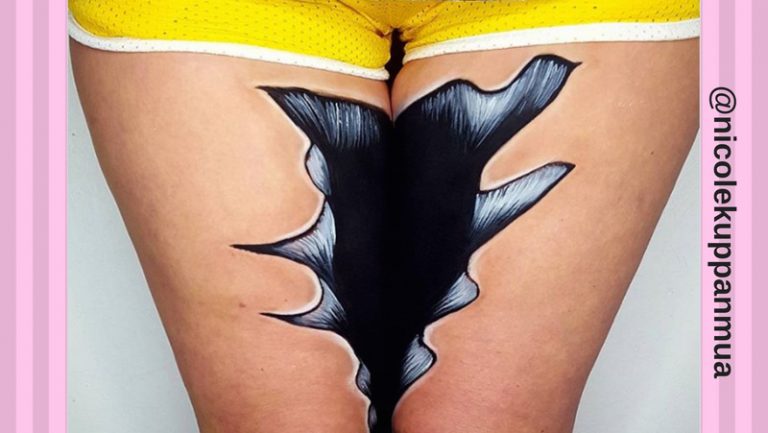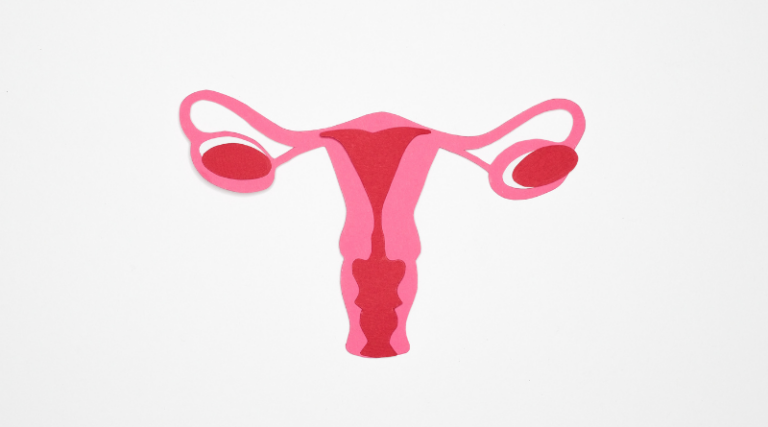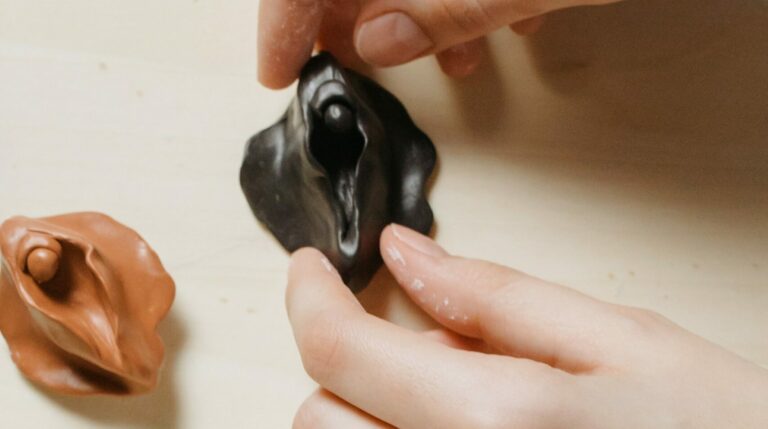What’s the deal with foreskins and circumcision?
Your handy guide to foreskins, circumcision and what to do if it feels uncomfortable or painful
Questions, worries and concerns about foreskins and circumcision appear in many health forums, and it’s likely this will continue until we’re all taught about our own and other people’s bodies. It’s important that we know about our various body parts, mainly so that we can look after ourselves. There’s lots of information about the different parts of the penis here, which you might want to check out first.
What is the foreskin?
The foreskin is the fold of skin which covers the end (or glans) of the penis. When someone’s born with a penis, the foreskin connects to the head of the penis, which means you can’t pull it back. A tight foreskin is really normal for babies and young boys, before the foreskin starts to naturally loosen as they get older.
Phimosis
When someone’s foreskin struggles to retract, it may be because of a tightness called phimosis. There usually aren’t any problems with a tight foreskin, but sometimes it can cause uncomfortable or painful symptoms like:
- Pain when going for a wee
- Swelling and feeling sore
- Blood in urine
- Bleeding, a thick discharge, or a bad smell from under the foreskin (this means there’s an infection)
- Recurrent urinary tract infections (UTIs)
- Painful erections, meaning masturbation and sex is difficult.
Make sure you see a GP and get it checked out if you have any of these symptoms, or if you’re feeling any discomfort or pain.
Paraphimosis
This is a complication of a tight foreskin, when the foreskin struggles to return to its original position after being pulled back. This causes the end of the penis to be very painful and swollen, and it’s a medical emergency. Someone will need treatment straight away to avoid serious health issues, like restricted blood flow to the penis.
Balanitis
Balanitis is when the end of the penis is sore, red and itchy. This isn’t usually serious, but it can be very uncomfortable or painful and it’s important to get checked out with a GP. When someone has balanitis, they may have:
- A build-up of thick discharge from under your foreskin
- Bleeding around your foreskin
- Pain when going for a wee
- A bad smell
Most cases can be easily treated with good hygiene (daily washing), and creams or ointments recommended by a GP.
What’s circumcision?
Circumcision is the surgical removal of the foreskin. There are two main reasons for circumcision. The first is for religious or cultural reasons: circumcision is still a common practice in many Jewish and Islamic communities, and in some African communities. The second reason is for medical purposes, such as a last resort to treat conditions like phimosis (a tight foreskin).

The majority of circumcisions are carried out on a day-patient basis, which means you go home from hospital on the same day you have surgery. It is a simple, low-risk procedure, typically carried out under general anaesthetic. The foreskin is removed just behind the head of the penis. The remaining edges of skin are then stitched together using dissolvable stitches. It usually takes around 10 days for the penis to fully heal after circumcision. The doctor will give you advice on how to take care of yourself post-op – but don’t worry, you’ll be back up and running in no time!
The most important thing to remember, regardless of the different conditions, is to get yourself checked out if you’re experiencing any pain or discomfort with your penis.
Other support
- What to do if you’re worried you have a small penis
- Is my penis normal?
- Is your penis a ‘shower’ or a ‘grower’?
- Brook – Penis and testicle FAQs
- Brook – Love your penis
Read more
Last Reviewed 10 February 2023
Image Credit: Charles Deluvio via Unsplash







